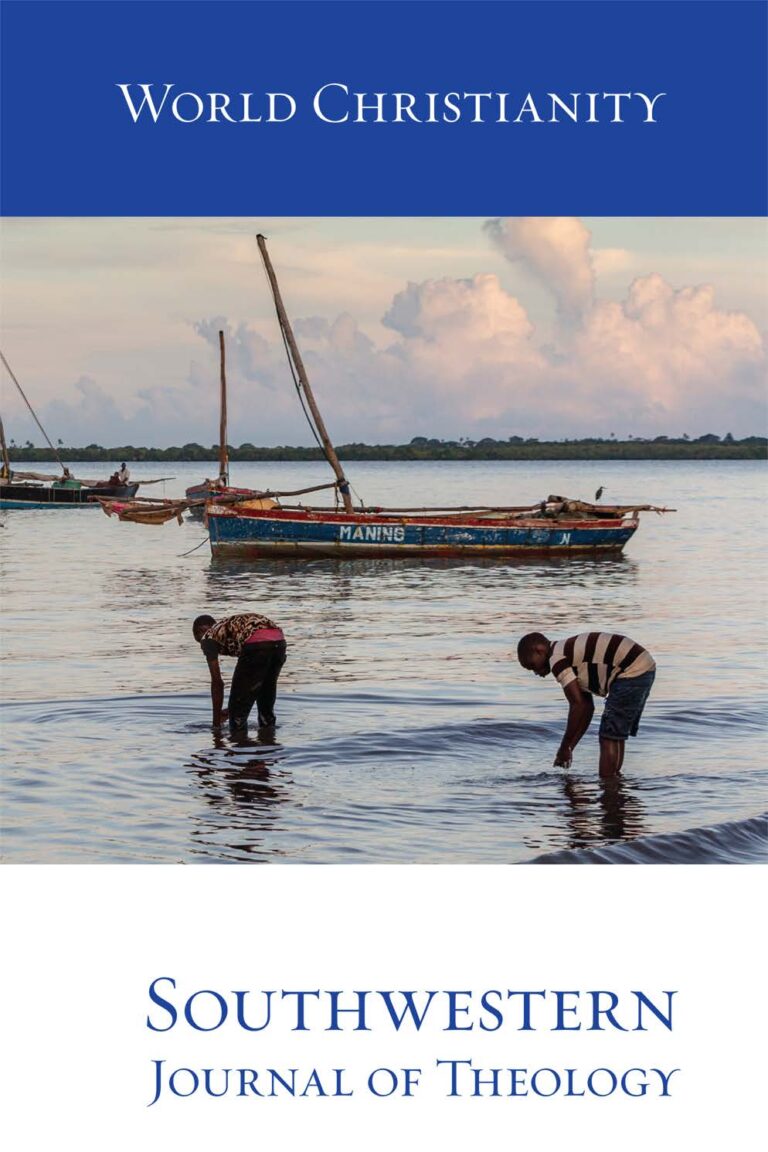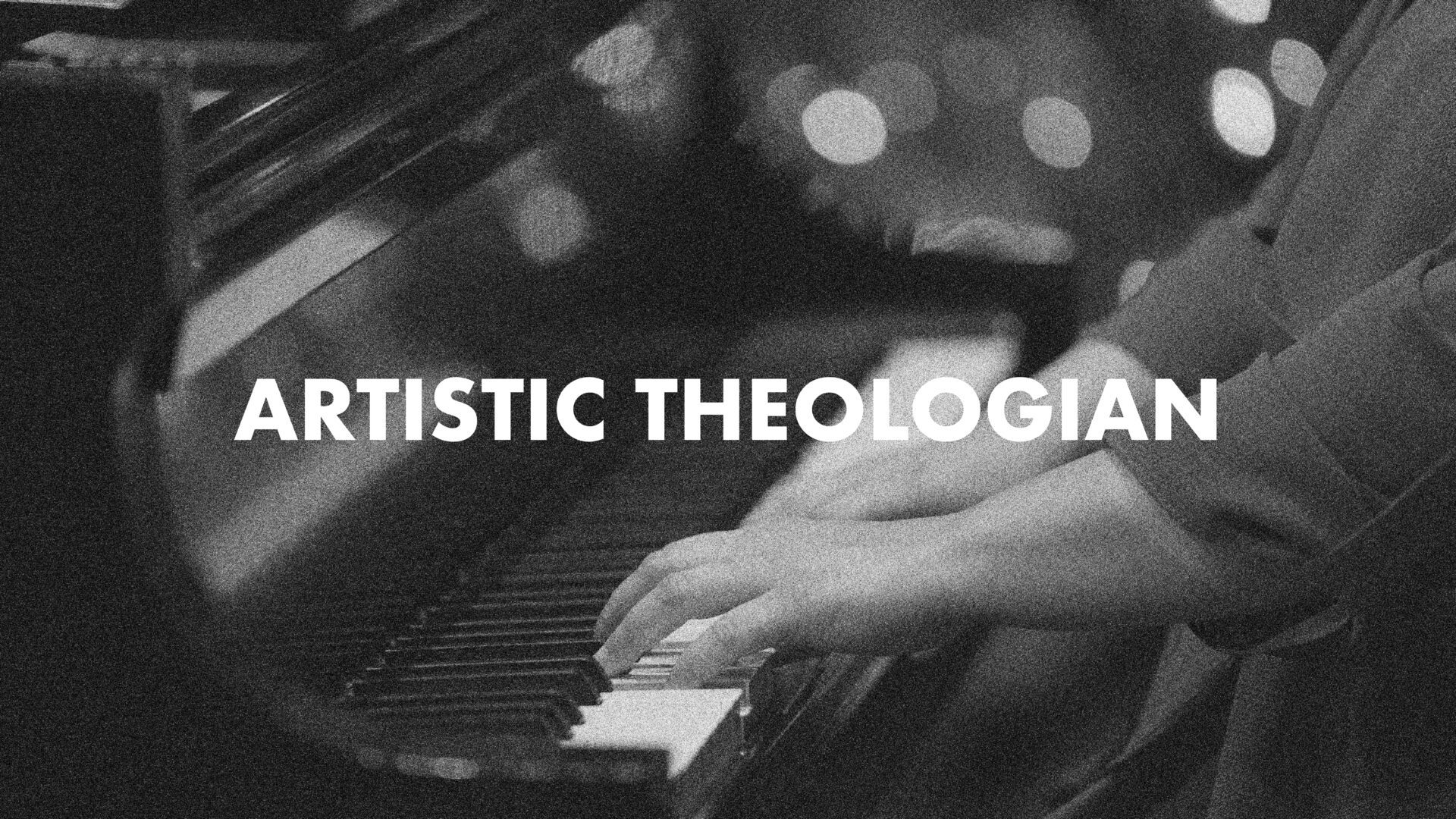
World Christianity
Southwestern Journal of Theology
Volume 61, No. 2 – Spring 2019
Managing Editor: W. Madison Grace II
Edited by Jason S. Sexton and Stanley N. Gundry. Grand Rapids: Zondervan, 2017. 208 pages. Paperback, $16.99
The views represented in this volume are an “intra-evangelical conversation seeking to bring mission and church closely together, as it belongs” (12). Jason Sexton serves as the book’s general editor. He is a lecturer at California State University, Fullerton, and serves as a research associate with the University of Southern California’s Center for Religion & Civic Culture. Sexton provides both introductory and concluding essays for the book. Due to the nature of the discussion, the conclusion one draws will have tremendous practical ramifications. Naturally, both scholars and laymen have a vested interest in how the church understands its mission. Thus, the audience for the book is not only limited to theologians and missiologists, but also pastors and interested laypeople.
The first view, which is called the soteriological mission, is represented by Jonathan Leeman, who serves as editorial director of 9Marks Ministries. This view places the verbal proclamation of the gospel at the center of the church’s mission. The fundamental problem that the world faces is a spiritual one, in which a holy God has been offended. Humanity stands condemned before a righteous God due to their own sin. Jesus Christ has come into the world to seek and save the lost. His life, death, resurrection, and ascension into heaven secure salvation for all who would repent of their sins and place their faith in him. The church’s primary task is to bring this message of the gospel to a broken world. While the inclusion of social justice is important to the broader contours of the mission of the church, the specific task is to make disciples and that is what frames and drives its mission.
The second view is called participatory mission. This view is represented by Christopher J.H. Wright. He serves as the International Ministries Director for the Langham Partnership. If Leeman takes the narrow view, Wright takes the broad view. This approach places the mission of God within the larger biblical narrative. Wright binds the church’s mission with the mission of God. He sees an inseparable link between the two. Thus, the church participates in a mission in which God is the primary actor. God acts in space and time to redeem the world. When the church proclaims the gospel, loves their neighbor, and cares for other aspects of God’s creation, they are joining with God in his mission.
The third view is called contextual mission. This view sees the mission of the church as primarily bearing witness to the whole world. This essay is written by John R. Franke, who is the lead coordinator of the Gospel in Our Culture Network. His view stresses the contextual nature of the church’s mission. Christians are to be witnesses to God’s activity in the world. The mission of the church will look different as it adapts to each individual culture and context. Due to the diversity and uniqueness of God’s creation and the needs of different people, the church must adapt to the distinct context in which it finds itself. Just as Christ served in the power of the Spirit to bring about God’s Kingdom in a specific place and time, so too must the church.
The fourth view is called sacramental mission. The essay is written by Peter J. Leithart, who serves as the president of the Theopolis Institute. This view has an ecumenical and political emphasis which gives form to the mission of God in the world. The church’s sacraments serve as catalysts to love and serve the world. Leithart traces the importance of communal ritual acts in Scripture as integral to the life of God’s people. The sacraments allow for a Christocentric vision in which the global church can be united in Christ and act as instruments of righteousness, justice, reconciliation, and peace. When the church partakes in this sacramental life, they become visible and engage the socio-political structures of the world.
As is typical with many books of this type, many intriguing points of agreement and disagreement come out in the response essays. All the contributors generally affirm that Leeman’s distinctions between a broad and narrow understanding of mission are helpful, although some would not want to split the categories so sharply. His more conservative approach is the most targeted due its emphasis on the “narrow” understanding of mission. Wright’s essay seems to be the least objectionable to the position of the other contributors. His conciliatory style is warm and agreeable. However, they tend to criticize him not on what he says, but what he emphasizes or fails to say. Franke’s position is criticized by its elasticity and diversity. The boundaries of plurality appear to be too wide (if they exist at all). Leithart’s contribution seems to be the most elusive. All the other contributors ask for clarity or further elaboration. Although he writes persuasively and with great profundity, it is hard to see the full implications of his position. The most helpful point to come out in these essays is the place of hell, which Leeman brings to the forefront. The volume raises the question: What are the consequences for the church and for the unconverted if they are not in line with the mission of God?





